1. The Decline of Traditional SDR Models
- The market has shifted. Buyers don’t want another generic cold email.
- The focus has shifted from activity volume to engagement quality because real conversations - not just meetings booked - drive revenue.
- Modern SDR roles are evolving into hybrid inbound - outbound specialists, expected to use data insights to personalize outreach and engage prospects meaningfully. The traditional SDR function isn’t dead, but the old version of it is.
2. The Hidden Costs of Large Sales Teams
- In 2024, B2B salesperson turnover increased by 64%, rising from 22% to 36%.
- Even worse? 69% of reps missed their quotas.
If your growth strategy is built around hiring more reps to chase more leads, you’re building on shaky ground. Large teams introduce complexity, inflate costs, and don’t guarantee productivity. Without alignment, process optimization, and scalable strategies, you’re simply increasing overhead—not revenue.
III. The Rise of Efficient, Scalable Growth Engines
1. Inbound-First, Data-Driven Sales
Inbound is no longer just a marketing function - it’s driving B2B sales growth. Companies that have shifted focus to inbound, backed by strong data insights, are outperforming those stuck in old outbound-heavy models.
- Faster deal cycles because fewer handoffs mean fewer opportunities for friction.
- Higher accountability because reps own the entire relationship.
- Improved customer retention as buyers prefer continuity over being passed between teams. This leaner model reduces overhead and increases pipeline velocity - exactly what growth-focused businesses need today.
- Companies with optimized GTM see up to a 4x increase in revenue conversion rates.
- Businesses adopting RevOps plus GTM frameworks report a 3x increase in marketing’s contribution to the pipeline.
- Leveraging AI-powered GTM can reduce sales cycle times by up to 20%, helping deals close faster and more efficiently.
1. Build Smaller, Smarter Sales Teams: Forget massive sales floors. Hire fewer reps but equip them with better tools and training. Focus on adaptability - reps who can handle the entire sales cycle, blending inbound and outbound strategies seamlessly.
2. Align Sales, Marketing, and Customer Success: Silos slow growth. RevOps and GTM should lead the charge in integrating these functions, ensuring shared goals, unified data, and cohesive messaging.
3. Automate Strategically: AI-powered GTM can automate workflows, optimize lead scoring, and improve forecasting accuracy. But remember, automation should enhance, not replace, the human element. Use it to scale efficiently, without sacrificing personalization.
4. Rethink Success Metrics: Stop celebrating vanity metrics like email open rates or meeting volumes. Shift focus to KPIs that drive revenue - pipeline velocity, conversion rates, and customer lifetime value.
VI. Closing: The Opportunity in Front of You
The B2B sales landscape is changing, and fast. The data is clear:
- 4x higher conversion rates
- 3x stronger pipeline growth
- 20% faster sales cycles
All can be unlocked by rethinking your approach and aligning your GTM strategy with modern RevOps principles.
So, ask yourself: Are you building a sales organization for the past - or for the growth you want tomorrow?
*The old sales playbook isn’t coming back. And let’s be real - neither are flare jeans.
The smartest growth leaders aren’t just keeping up. They’re reimagining everything - org charts, sales roles, and revenue strategies - to move faster, scale smarter, and grow sustainably.
Are you ready to do the same?
VII. Call to Action
Your growth engine needs more than fuel—it needs a rebuild. Let’s start that conversation today.
